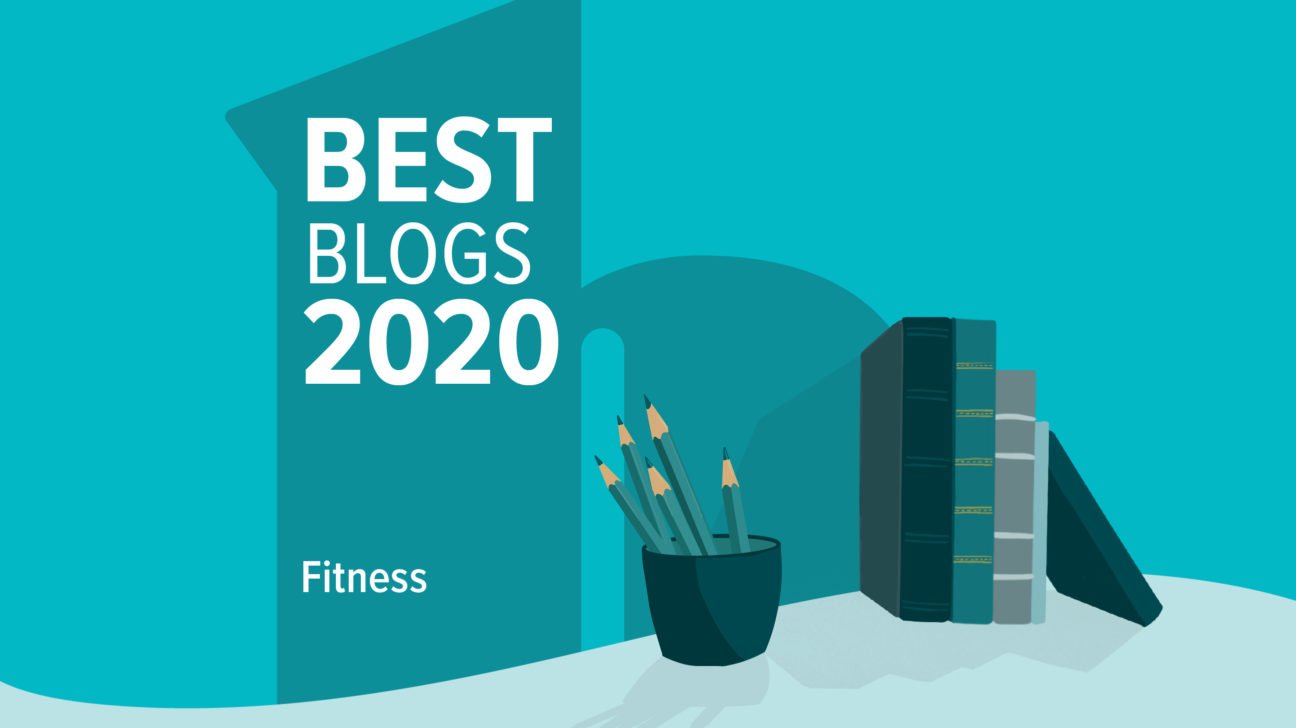When your doctor asks you to exercise, you will probably look at walking or yoga or ‘gym-ing’. These are all forms of exercise that will help you build the three main pillars of fitness: stamina, flexibility and strength, respectively. And it is good to add all three to your exercise programme.
Now, to check whether what you’re doing helps you build all these three pillars.
1. Stamina
In order to increase your heart health, cardiovascular exercises or ‘cardio’, like walking, running, swimming, cycling, aerobic dance, are all beneficial. Walking is obviously the most accessible, as there is minimal impact and therefore less stress on the joints. It can be very easily amped up by speed-walking or increasing the incline.
The test: While walking, aim to cover 2 miles or 3.2 km in 30 minutes. Obviously, as the incline is increased, your speed will automatically decrease and you won’t be able to cover the same distance. In the gym, your trainer may put you through the 1.5-mile-run test. This assesses the time you take and the VO2 max, how your muscles utilise oxygen.
While it’s true that doing cardio at a moderate, steady pace keeps you moving, burns calories and elevates your mood, you need to challenge yourself for added benefits. So if, for instance, you walk every day for 45 minutes at a steady pace, covering the same distance, try including short (even 20 to 30 seconds) incline walks or sprints to elevate the heart rate for short bursts of time. This is High-Intensity Interval Training or HIIT, where you alternate between a short, very intense spurt of activity and a slower pace to catch your breath, and then, repeat. The entire routine must last not more than twenty minutes. The introduction of this challenging phase has many benefits, including increasing growth hormone production and calorie burn in a very short period of time.
HIIT should be done not more than three times a week, as it can deplete the body. It also needs to be eased into, very cautiously.
2. Strength
This primarily involves the muscular-skeletal system. You may ask at this point: Don’t walking and running also use the muscular system? Yes, they do. But the primary focus of those activities is to challenge the heart and lungs. In strength training however, the primary focus is the muscle.
Using your own body weight and/or external weights to challenge individual and groups of muscles is essential to build both quality and quantity of muscle. As we age, muscles deteriorate with disuse, and there are several benefits to increasing your muscle mass.
Strength training gives your metabolism a boost and increases your body’s ability to burn fat. It also builds bones, protecting you against osteoporosis. It increases the strength of the muscles, tendons and ligaments surrounding the joints, so they can buffer impact, thereby protecting joints. You’re sure to develop good posture and stay injury-free. In a line: you’ll have a better-looking, stronger and better-functioning body. Include weight training twice or thrice a week, addressing all the muscles in the body. Each muscle needs to be addressed at least twice a week.
The test: At home, you can do three or four exercises to a standard time and see if you can maintain proper form. Try the push-up, squat, the chest-press and bicep curl for 30 seconds or a minute. If you only do, say, five push-ups in proper form and aren’t able to do any more in 20 seconds, then stop, work at taking your time, and number up. In the gym, if you are at a certain level, your instructor will probably use the 1 rep max (1RM) method across a couple of major muscle groups. This is the maximum weight you can lift for a certain exercise in 1 rep and helps plan your regimen effectively. These are usually tested: the bench press for the chest muscles, the squat or leg press for the leg and glute muscles, the lat pull-down or the chin-up for the back muscles.
3. Flexibility
Our muscles are inherently elastic, allowing them to stretch as we perform a daily activity. If you watch children sit, stand, twist and play, you will understand just how capable our bodies are. As we age, we lose this ability to use our bodies optimally, and if we don’t sustain the flexibility and strength of muscles, they tend to become less flexible and weak, making simple movements difficult and fraught with pain.
Flexibility is improved with yoga or simple stretches. If done every day, even for 15 minutes, these help keep muscles supple. Better posture, fewer aches and pains, a lower propensity to injury, graceful movements and functionality are the benefits. In addition, if you work with a trainer or physiotherapist, muscle imbalance, which is the result of unequal strength and flexibility between opposing muscles, can be taken care of.
The test: The sit-and-reach test is commonly used to assess the flexibility of the hamstring and lower back. Sit on the floor with legs stretched out and back straight. Can you reach your toes? Can you touch your forehead to your knees without bending them? Another test that can be done at home is the runner’s lunge. Try and dip your body as low as you can, and in time, you will be able to bring your hips to knee level.
[Source”indianexpress”]










